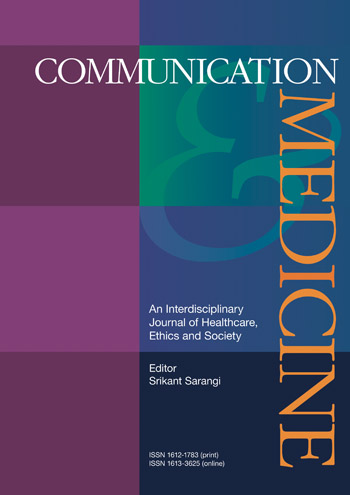Communicative Contingencies in Handling Emergency Medical Calls
Srikant Sarangi [+–]
Aalborg University
Calls to Emergency Medical Services – also known as ambulance services or paramedic services – are primarily a telephone-mediated communicative activity, where detailed critical information is exchanged through an elaborate series of questions and answers. Although, on the surface, it may seem a routine information exchange activity, the framing of questions and how they are responded to and followed up in the absence of any visible cues are filled with ‘communicative contingencies’, requiring ‘fast thinking’ professional judgement. The core focus of this study is to unpack these nuanced communicative contingencies underpinning decision-making from a language/interaction perspective. In adopting the activity-type analytical framework to identify the various linguistic and interactional features of telephone-mediated emergency medical calls and their rhetorical potential, the book explores how the different elicited and volunteered information trajectories vis-à-vis instruction and advice formats constitute the basis of risk assessments and decisions regarding dispatch of help.
Drawing on a comprehensive database of telephone calls about breathlessness (comprising 400 call transcripts from two regions in Denmark), the book highlights ‘caller type’ as a significant variable in the communication process. In essence, during the emergency medical calls, the call taker handles not only ‘factual’ information in an algorithmic, scripted manner against established criteria but also the caller type as part of the emergent communicative contingencies. In addition to delineating the general interaction trajectories across the dataset, of the six caller types identified, the analysis focuses on three types – patient, spouse/partner and professional carer – and each type receives case-study length treatment.
The key findings lead to the formulation of a set of practical guidelines for training of professional practitioners and for raising awareness among caller types.
Series: Studies in Communication in Organisations and Professions
Table of Contents
Preface
Chapter 1
Chapter 2
Chapter 3
Chapter 4
Chapter 5
Chapter 6
Chapter 7
Chapter 8
Chapter 9
Chapter 10
Glossary
Appendices








